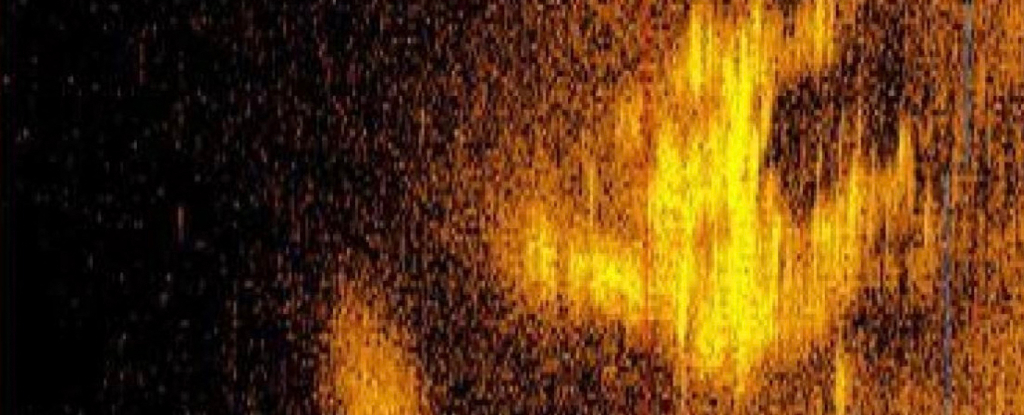ARTICLE AD
For 15 days last December, a complex quantum operation took place deep under New York City. Photons of light streamed around an area stretching from the Brooklyn Navy Yard to Corona, Queens, forming a 21-mile-long (34-kilometer-long) quantum network beneath the metropolis.
Quantum hardware company Qunnect ran the experiment on its GothamQ testbed. The quantum network operated on existing optical fibers that make up some of New York’s telecommunications infrastructure. The key difference between traditional subterranean telecoms and the recent experiment is that, instead of ordinary photons traveling through the cables, the Qunnect team transmitted entangled, polarized photons—that is, photons in a quantum state. The team’s research is currently hosted on the preprint server arXiv.
“It’s always hard to explain what a next-generation infrastructure is going to do for you. Often the people inventing the infrastructure don’t know,” said Mehdi Namazi, a quantum physicist and the Chief Science Officer at Qunnect, in a video call with Gizmodo. “It’s very hard to say what will be the use case, because that’s like defining what would’ve been the application of the internet.”
Namazi said that much of the team’s work was “by far the state-of-the-art in quantum networking.” To run its quantum network, the team generated pairs of photons—particles of light—using a vapor cell of rubidium-87. The photon pairs were entangled, meaning that the properties of one of the photons was defined by the other, and vice versa. Entanglement is a quantum property; therefore, the team used photons as a quantum bit (or qubit) for communication. Qubits are the bedrock of quantum computers. Often made up of atoms in an array, the qubits are kept very cold so that they can enter a quantum state, which endows them with properties that make them useful for complex computations.
The recent project sent half a million photon pairs per second through the cable infrastructure, meaning 648 billion photon pairs were shot through the system over the course of the 15-day experiment. Previous experiments using similar infrastructure only achieved rates of about 10,000 to 20,000 photon pairs per second.
Unlike quantum computers, which need to be kept at supercooled temperatures to remain in a quantum state, photons can carry quantum information at ambient temperatures. Thanks to this unique property of light particles, the team was able to use existing, large-scale infrastructure under New York for their work instead of a smaller experiment in a carefully managed laboratory setting.
The network remained operational for 99.84% of the experiment’s duration, which merely ended because there were other fish to fry. In other words, the network showed no signs of losing its entangled state if the experiment were to continue.
Part of the team’s innovation was pausing the operation for very short spans of time (we’re talking milliseconds) to send pulses of classical light through the system as a reference to gauge the system and check for perturbations that could disrupt the quantum operation of the photons. Those interruptions—a process called time multiplexing—only took the operation offline for 0.16% of the 15-day experiment, leading to the previously noted 99.84% uptime.
“Our work paves the way for practical deployment of 24/7 entanglement-based networks with rates and fidelity adequate for many current and future use-cases,” the team wrote in its paper.
“Everything we’ve been trying to develop is around this idea of ‘is it practical?’,” Namazi said. “Can it practically distribute entanglement in a way that is so robust, stable, and high-quality that you can always be sure it’s useful in applications, whether it’s for cybersecurity or a larger vision of what the quantum internet could look like?”
 A map showing the GothamQ testbed and the experimental apparatus prior to photons entering (top left) and exiting (bottom right) the GothamQ fiber. Graphic: Craddock et al. 2024
A map showing the GothamQ testbed and the experimental apparatus prior to photons entering (top left) and exiting (bottom right) the GothamQ fiber. Graphic: Craddock et al. 2024 The most immediate applications of the tech, he said, are in cybersecurity. “If you can use these to send your 0s and 1s, or use them as a way to create a key for your encryption, it’s much, much harder to hack them,” Namazi said. “If something happened to one of your photons, the other one immediately knows. And there’s nothing a hacker can do about that because there is no way to replicate this kind of connection.”
There’s still a long way to go towards practical applications, and even longer for still-abstract concepts like a quantum internet. Namazi said the photon transmission rate was “not 5G, nowhere close” but at least “10 times better than dial-up internet.”
Though many of the applications—indeed, some of the most far-reaching and significant implications of the work—are still beyond the horizon, the experiment is a great reminder of the science being done all around us. The next time you’re stuck on the subway, at least you’ll be able to ponder the remarkable physics happening, also underground, somewhere near you. Of course, the photons are getting to where they’re going way faster than you are.

 2 months ago
27
2 months ago
27 

